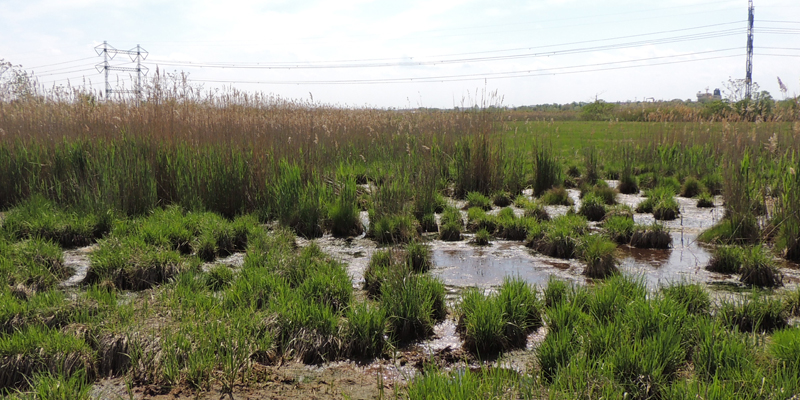Development Near a Wetland
Construction projects in or near wetlands often adversely affect the environment in some way. Even renovation work near jurisdictional waters and/or wetlands can impact a fragile wetland ecosystem. Stormwater runoff is also a chief concern and cause of damage.
If a project exceeds compatible land use regulations, applicants are required to examine alternative sites and project designs that avoid and reduce impacts to wetlands or develop plans to create or improve wetlands or wetland functions to compensate for unavoidable impacts to the environment.
Development Near a Wetland Project Details
- Permits and Authorizations You’ll Need
- Project-Specific Application Requirements
The following are specific application requirements for development near a wetland.
Project Description
Your project description must explain why it is necessary to build in the chosen area, and include:
- Proof that the construction of the riprap is not likely to cause any measurable increase in erosion at the development site or other location; and that it prevents or minimizes adverse effects to natural protective features, existing erosion protection structures, and natural resources such as significant fish and wildlife habitats
- Include a descriptive narrative for complex projects, such as those involving more than one activity, where variances are involved, or for residential subdivisions. If your project exceeds compatible use actions and thresholds, NYS DEC will generally require mitigation of unavoidable impacts to the environment. For more about NYS DEC Land Use regulations, see:
Guidelines on Drawing Information/
Content for Development in Tidal Wetland Adjacent AreasSee DEC’s Drawing Checklist for Development in Tidal Wetland Adjacent Area for a list of what to include on each drawing listed below:
- Drawing Set Cover Sheet (recommended for projects with numerous drawings)
- Site Location & Vicinity Map
- Site Photos and Photo Location Map
- Existing Site Conditions Map
- Proposed Site/Project Plan
- Cross Sections and Details
- Agency Contacts
- Resources
Land Use Regulations near Wetlands
Procedural requirements for specific types of activities near wetlands are listed on the following website pages on Westlaw:
Stormwater Management
New York State Stormwater Management Design Manual
New York State Department of Environmental Conservation
Technical manual for engineers, designers, and other professionalsConserving Natural Areas and Wildlife in Your Community: Smart Growth Strategies for Protecting the Biological Diversity of New York’s Hudson River Valley
New York State Department of Environmental Conservation
Chapter 10: Stormwater Management for People and Wildlife includes introductory techniques for stormwater management
